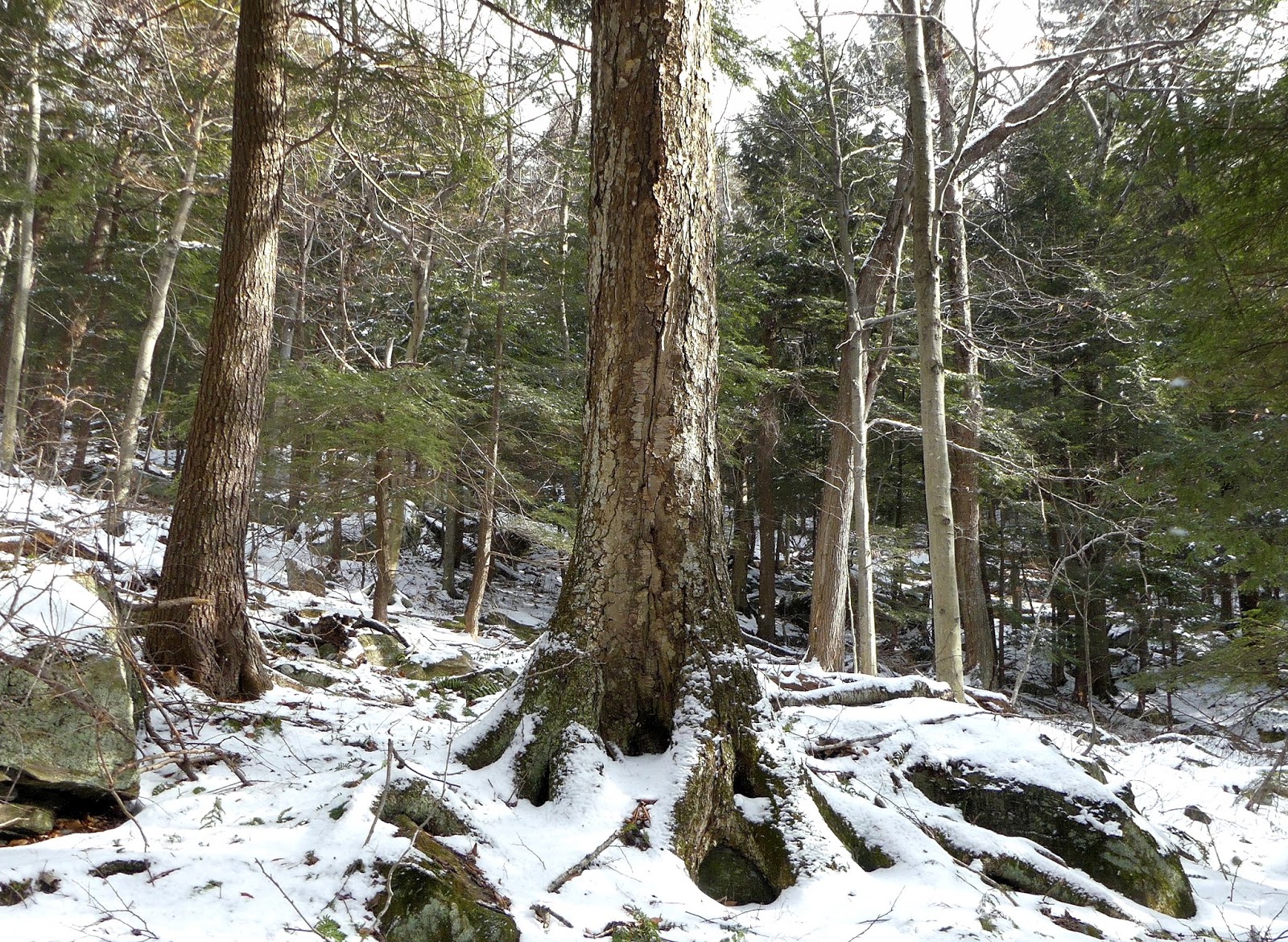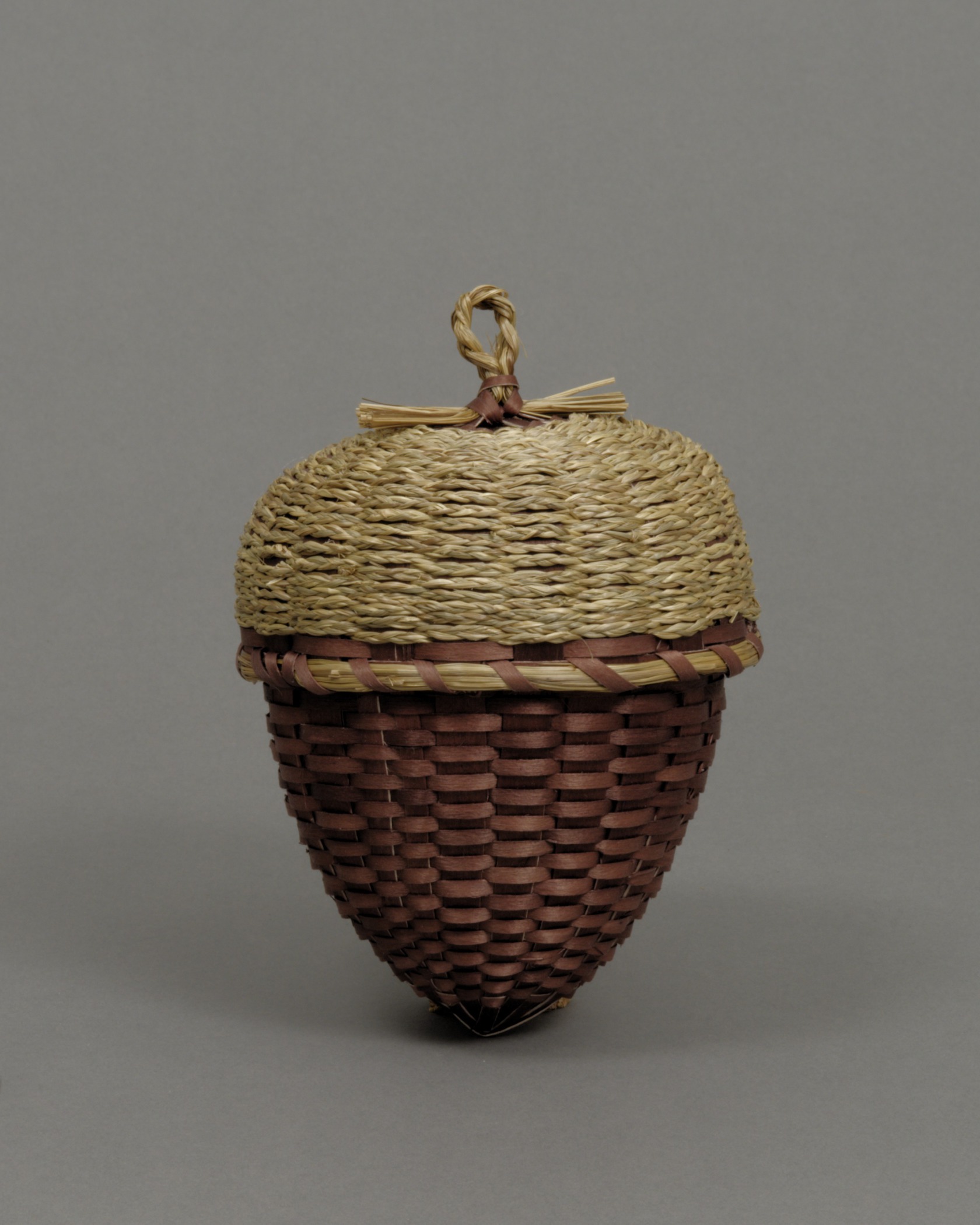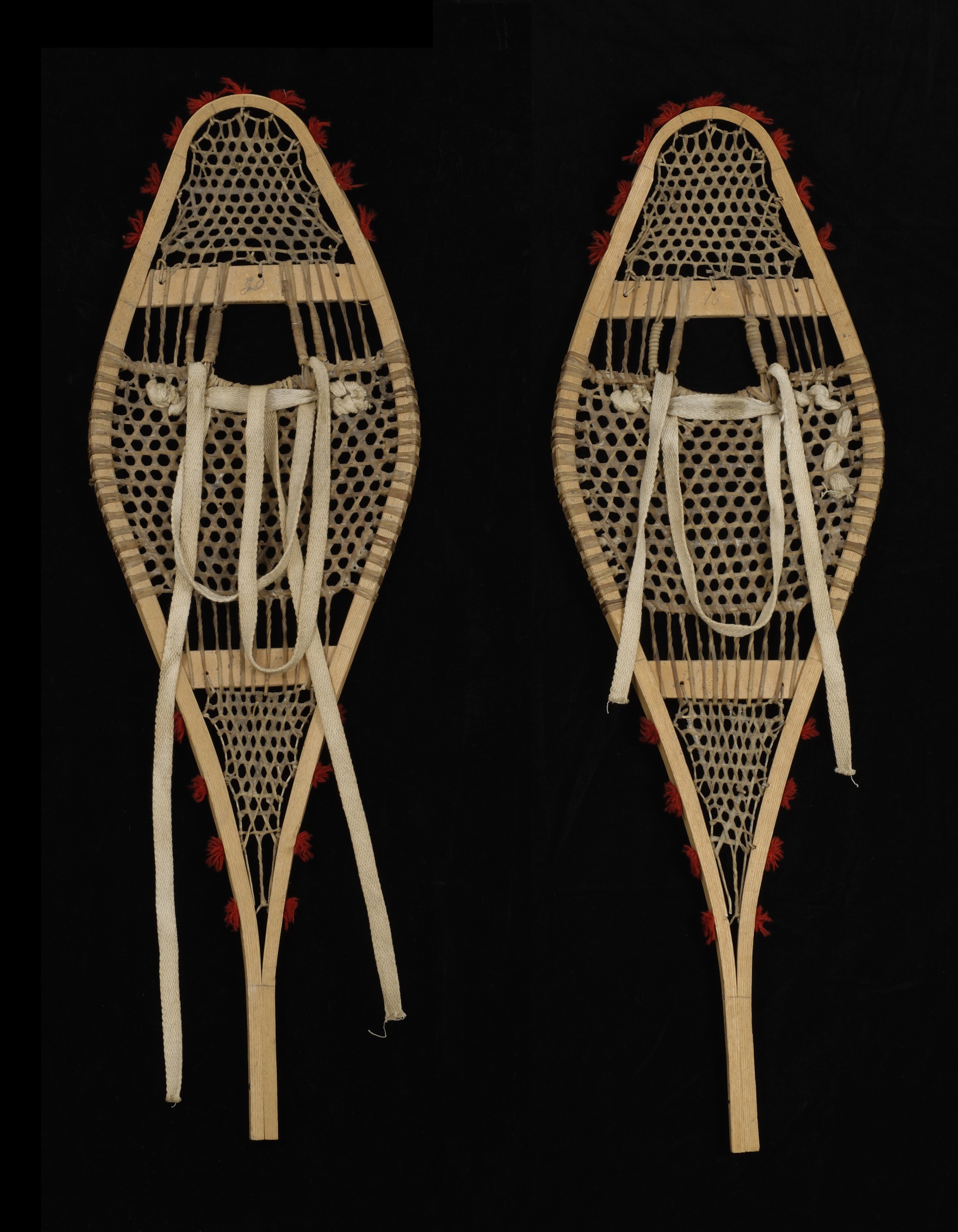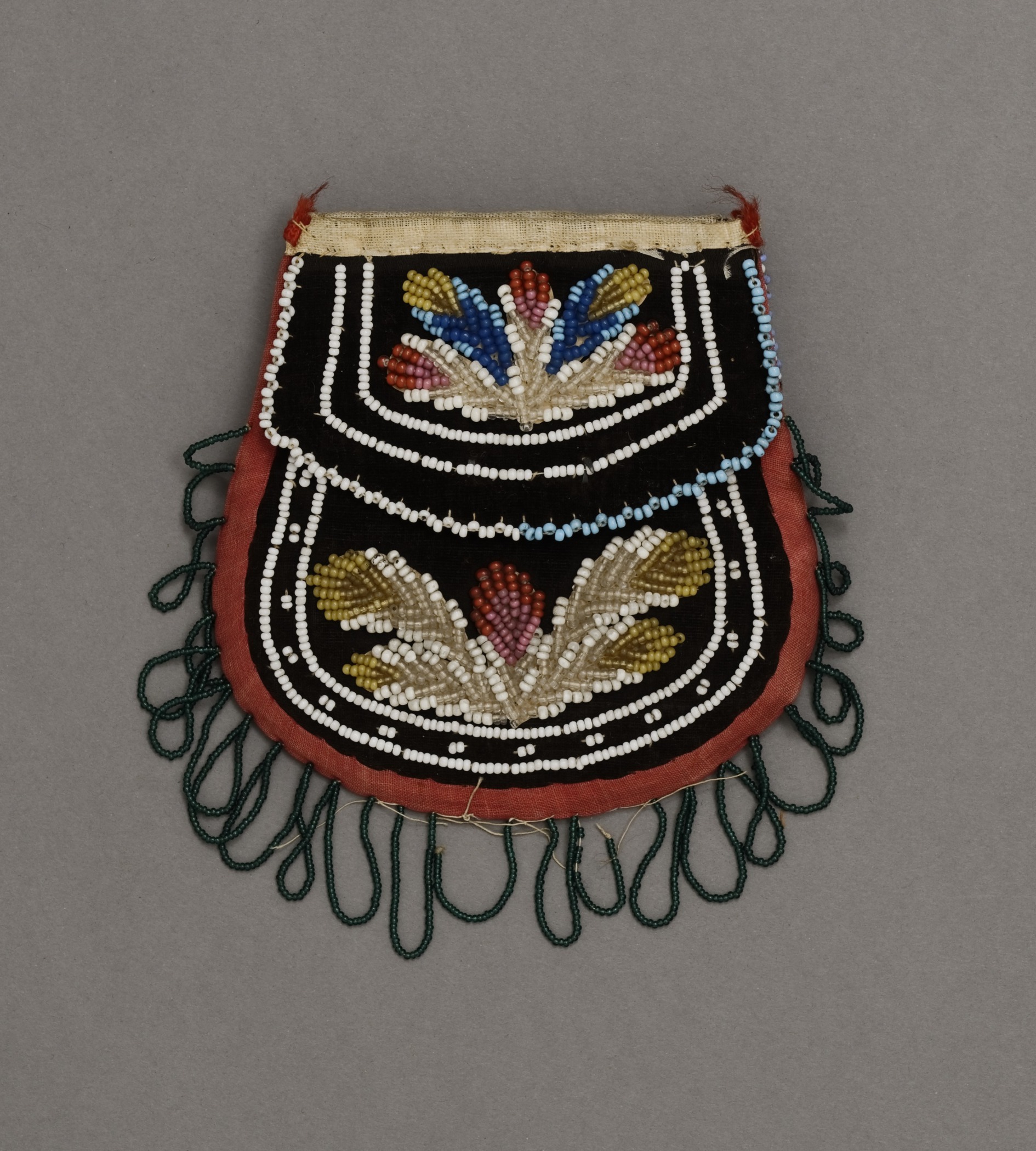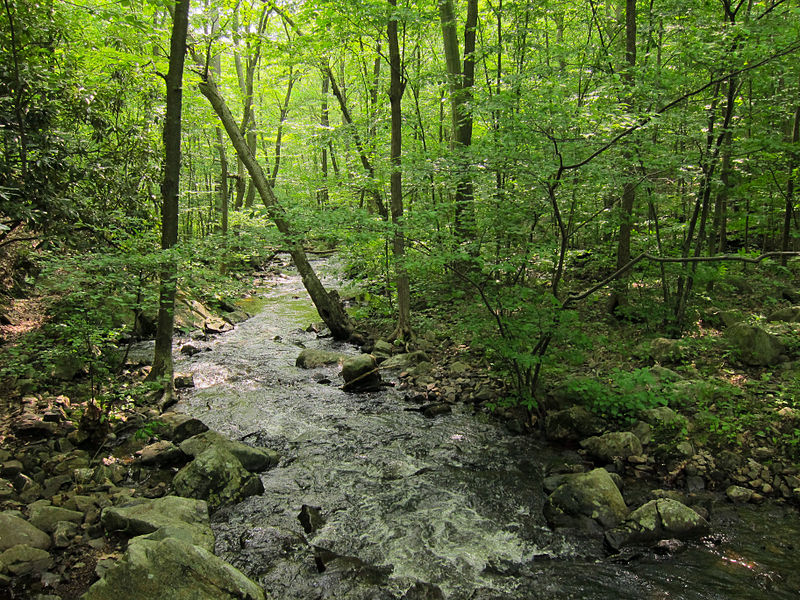The many distinct indigenous cultures referred to as Northeast Woodlands have been grouped together because they share a similar climate, environment, and natural resources. The themes below feature objects made by the Wabanaki (wah-buh-NAH-kee), Haudenosaunee (hoe-dee-no-SHOW-nee), and Anishinaabe (ah-ni-shi-NAH-bay) cultures.
Explore a theme
About this Region
geography
The Northeast Woodlands region extends from the Atlantic coast to the Great Lakes, and from the mid-Atlantic United States into subarctic regions of Canada. The geography includes coastal areas, forests, lowlands, mountains, and an abundance of waterways. Temperatures range from very warm in the summer to very cold in the winter.
cultures
In the eighteenth century, five Eastern Woodlands tribes—the Abenaki, Penobscot, Passamaquoddy, Maliseet, and Micmac—formed the Wabanaki alliance to increase their political power with European nations, and to resist the neighboring Haudenosaunee. The Wabanaki occupied territory in what is now Maine, New Hampshire, and Vermont. Representing the easternmost tribes in North America, Wabanaki means “people of the dawn.”
Haudenosaunee means “people who build a house,” a name that refers to their distinctive long houses. The Haudenosaunee represent an alliance among six Native American nations that are more commonly known as the Iroquois Confederacy, or Six Nations: the Mohawk, Oneida, Onondaga, Cayuga, Seneca, and Tuscarora. Each nation has its own identity. Haudenosaunee territory covered what is now the state of New York. The Tuscarora originally occupied a region that is now in North Carolina, but they traveled north in the eighteenth century to seek refuge among the Haudenosaunee.
Anishinaabe means “first people” or “original people.” It is a collective term that refers to the Ojibwa, Odawa, and Algonquin cultures, who share closely related Algonquian languages. This resource includes objects by the Ojibwa/Chippewa and Potawatomi cultures. Their homelands occupy the region around the western Great Lakes.

